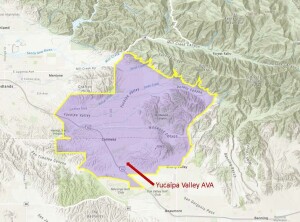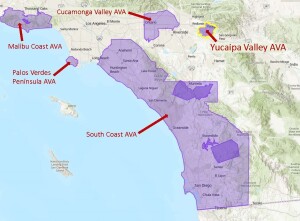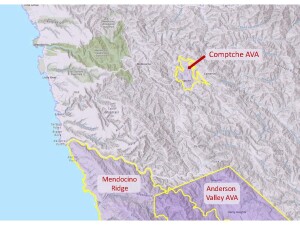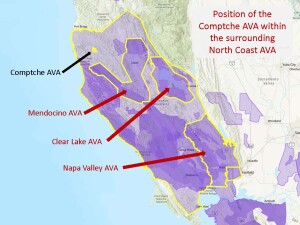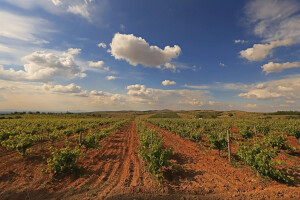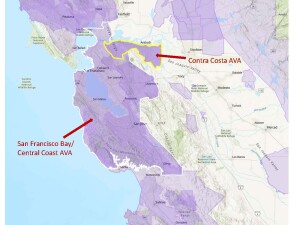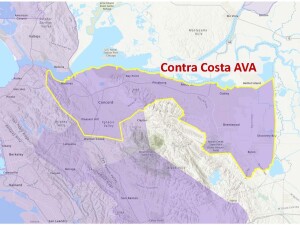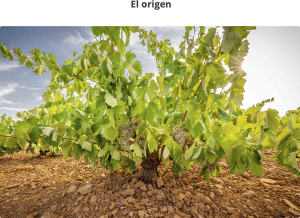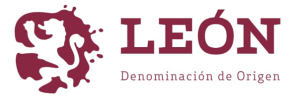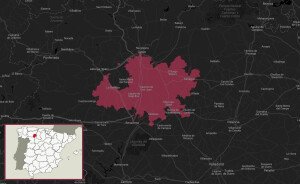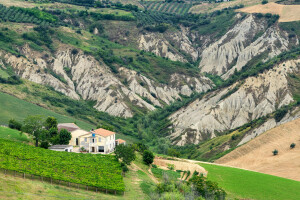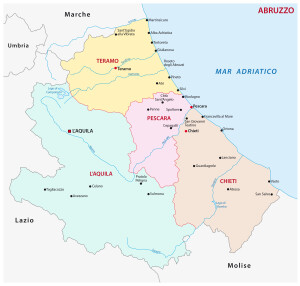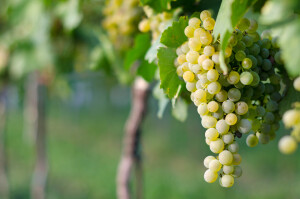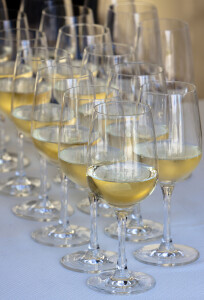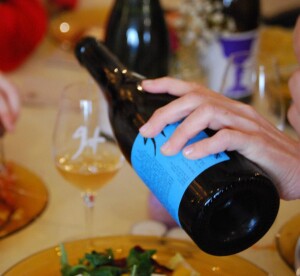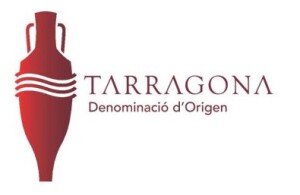On April 25 (2024), the TTB (Alcohol and Tobacco Tax and Trade Bureau) of the United States announced the approval of the Yucaipa Valley American Viticultural Area (AVA). The new AVA covers an area within California’s San Bernardino County. The newly approved AVA is not located within, nor does it contain, any other viticultural areas.
According to the original petition, the distinguishing features of the Yucaipa Valley AVA include its elevation and climate—as described below.
Elevation: The Yucaipa Valley AVA is comprised of rolling hills located within the foothills of the San Bernardino Mountains. Elevations in the area range from 2,000 feet to 4,600 feet above sea level. The significant elevation places the vineyards within an area that receives significant solar radiation, resulting in thick-skinned, flavorful grapes able to produce wine with considerable tannin and depth of color.
Climate: The inland location of the Yucaipa Valley AVA lends itself to an overall warm, dry climate. Summertime temperatures typically reach an average high of 97°F; in extreme cases temperatures have soared as high as 104°F. Rainfall is sparse during the growing season (averaging just over four inches per year), while the winters see most of the rainfall (typically averaging 15 inches per year, some of which may be snowfall).
The Yucaipa Valley AVA covers a total of 36,467 acres; the area currently contains 23 commercial vineyards as well as one winery—Suveg Cellars, founded in 2010. The leading grape varieties of the region include Cabernet Sauvignon, Merlot, Zinfandel, Syrah, Malbec, Nebbiolo, Barbera, Petite Sirah, and Chardonnay.
When the Yucaipa Valley AVA is brought into force—on May 28, 2024—the total number of AVAs in the United States will be 272; of these, 152 will be in California.
Welcome to the world, Yucaipa Valley AVA!
References/for more information:
Post authored by Jane A. Nickles…your blog administrator: jnickles@societyofwineeducators.org
